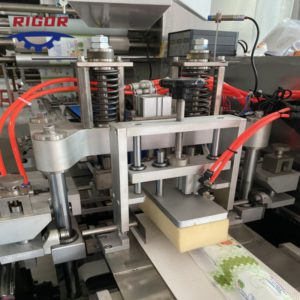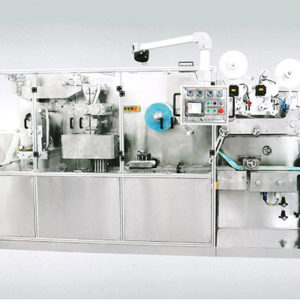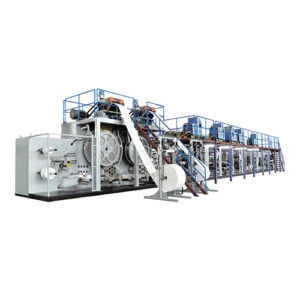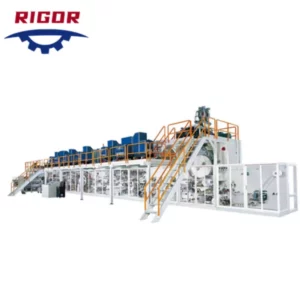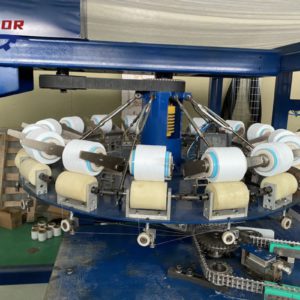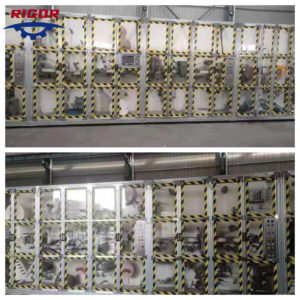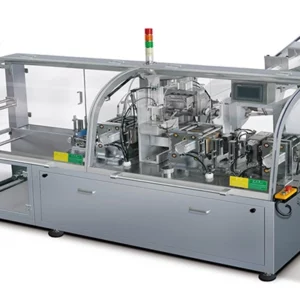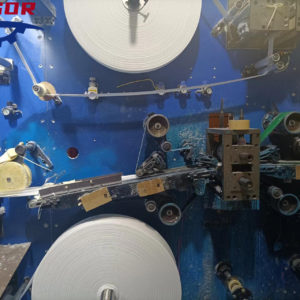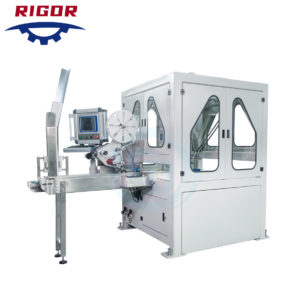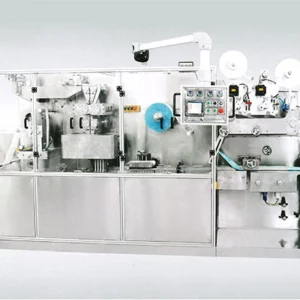Wet wipes have become an integral part of our daily lives, serving a multitude of purposes such as cleaning hands and faces, sanitizing surfaces, and handling spills. But have you ever wondered how these convenient and disposable wipes are made? The manufacturing process of wet wipes entails several steps that transform raw materials into the final product we use.
Selection and Unwinding of Raw Materials

The first stage of wet wipes manufacturing involves carefully selecting the appropriate raw materials. Two essential components are required: the substrate and the liquid solution. The substrate typically consists of a nonwoven textile made from fibers like pulp, polyester, polypropylene, or rayon. High-quality substrates ensure that the wipes are both durable and soft. The substrate is then saturated with a liquid solution, which can include water, antiseptic liquids, or moisturizing lotions. The raw material fibers and substrates are unwound from large rolls and prepared for further processing.
Converting and Slitting
Next, the nonwoven fabric substrates undergo conversion and slitting to achieve the desired dimensions of the wipes. Slitting machines are employed to cut the fabric into the desired width. During the converting process, the fabric may also undergo calendaring or embossing using rollers to provide it with texture. Embossing helps control the liquid absorption properties of the wipes and enhances their strength. Finally, the fabric is slit or cut into the appropriate wipe size, typically ranging from 6 to 9 inches.
Liquid Addition
Once the fabric substrates have been cut to size, the liquid solution is added. Different types of wipes, such as those for cleaning, baby care, or cosmetics, require specific liquid formulations. Various techniques are employed to add the liquid to the substrate:
- Spraying: The liquid is sprayed over the substrate using nozzles, which evenly distribute it.
- Gravity Feeding: The liquid is poured onto one end of the moving substrate, allowing it to be absorbed as it progresses along the line.
- Roller Coating: Rollers coated in liquid transfer it onto the substrate.
- Impregnation: The substrates are immersed and saturated in a liquid bath to ensure complete absorption.
Folding and Packaging
After the liquid has been added, the wet wipes undergo folding to fit into the packaging. Different fold patterns, such as C-fold, Z-fold, and Accordion fold, are utilized depending on the desired presentation. The folded wipes are then introduced to high-speed packaging lines, where they are placed into tubs, canisters, or stand-up pouches. Automatic machinery precisely counts and loads the packaging with the appropriate number of wipes, which are then sealed. Finally, labels with product details are applied.
Quality Control and Testing
Quality control plays a vital role throughout the entire production process of wet wipes. Various tests are conducted on the raw materials and finished products to ensure they meet performance and safety standards. These tests assess factors such as liquid absorbency, wipe strength and durability, bacterial counts, and residual chemical levels. Only wipes that pass all the rigorous tests are deemed suitable for the market.
Conclusion of the Wet Wipes Manufacturing Process
In summary, the manufacturing process of wet wipes encompasses the selection of raw materials, the conversion of nonwoven fabric substrates, the addition of liquid formulations, folding, packaging, and rigorous quality control and testing. Advanced automation, strict quality control measures, and the utilization of specialized coating, folding, and packaging machinery enable companies to efficiently mass-produce wet wipes on a large scale. Wet wipe manufacturers continuously innovate substrates, liquid formulations, and packaging to enhance wipe performance and cater to the evolving needs of consumers.
